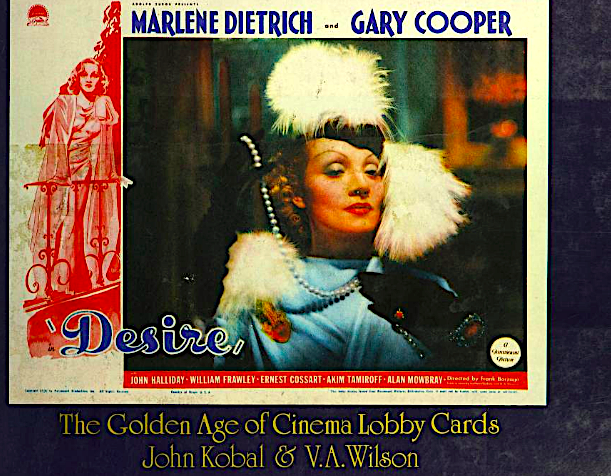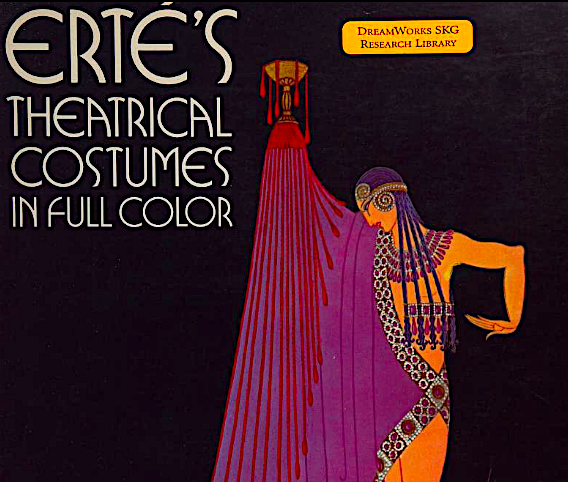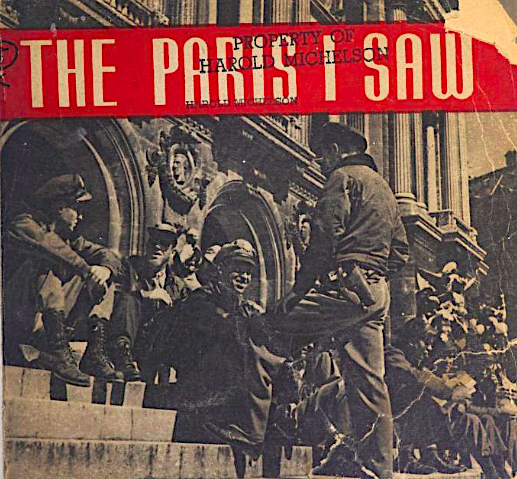If Werner Herzog has ever stood atop a skateboard, cinema seems not to have recorded it. But when asked by online skateboarding magazine Jenkem to discuss the sport and/or lifestyle, he did so with characteristically little reservation. “I’m not familiar with the scene of skateboarding,” he admits in the video interview above. “At the same time, I had the feeling, yes, that’s kind of my people.” Fans will make the connection between skateboarding videos and the Bavarian filmmaker’s early documentary The Great Ecstasy of Woodcarver Steiner, on champion ski jumper Walter Steiner, even before a clip of it appears.
In fact Herzog himself, as revealed in the autobiographical short Portrait Werner Herzog, only turned filmmaker after shelving his own dreams of ski-jumping. The experience must have taught him viscerally, through those parts of the body that don’t forget, what it means to make countless attempts resulting in countless failures — with a better failure here and there, and at some distant, ecstatic moment, perhaps a success.
Viewed at great enough length, the kind of skateboarder who attempts a trick on video dozens, even hundreds of times, before landing it could well be a character from one of Herzog’s own films, especially his documentaries about men unable to stop putting themselves in harm’s way in the name of their fixations.
“So many failures,” marvels Herzog as he watches one such video. “That’s astonishing.” It certainly “doesn’t do good to his pelvis, nor to his elbows,” Herzog adds, but such is the price of ecstasy. For him, the obscurity of the vast majority of skateboarders only compounds the sacredness of their practice. This as opposed to the David Blaines of the world, whose physical feats “are meant only for his own publicity, and for shining out in the media. Skateboard kids are not out for the media. They do it for the joy of it, and for the fun of it.” If Herzog were to pay cinematic tribute to these kids, surely he would make similar observations though voiceover narration. As for his instinct of how to fill out the rest of the soundtrack, “What comes to mind first and foremost would be Russian Orthodox church choirs.”
Related Content:
Werner Herzog Offers 24 Pieces of Filmmaking and Life Advice
Portrait Werner Herzog: The Director’s Autobiographical Short Film from 1986
Based in Seoul, Colin Marshall writes and broadcasts on cities, language, and culture. His projects include the Substack newsletter Books on Cities, the book The Stateless City: a Walk through 21st-Century Los Angeles and the video series The City in Cinema. Follow him on Twitter at @colinmarshall or on Facebook.





